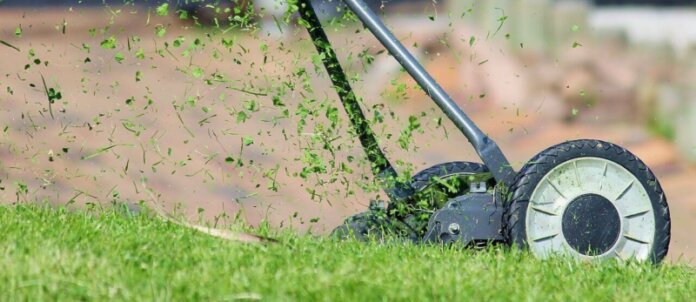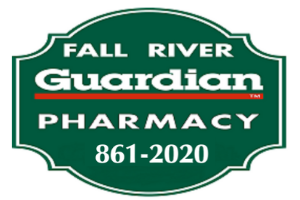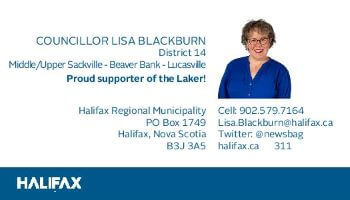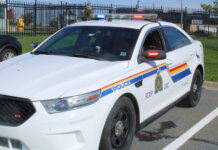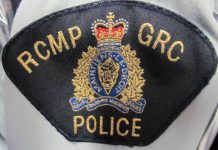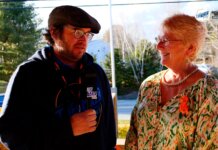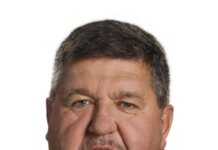The following is a release used with permission from the University of Guelph Turfgrass Institute
GUELPH, ONT.: The fresh growth of spring means the return of the #NoMowMay campaign encouraging homeowners to let their grass grow longer to help insect pollinators. But turfgrass experts at the University of Guelph warn that the campaign might actually do more harm than good.
Dr. Eric Lyons is a professor in U of G’s Department of Plant Agriculture and the director of the Guelph Turfgrass Institute (GTI), which conducts turfgrass research and provides education services to those in the turf industry. Dr. Sara Stricker is the GTI’s communications and outreach coordinator and instructor for the Diploma in Turfgrass Management program at U of G.
The pair says that while the “No Mow May” campaign is well-intentioned in its mission to help pollinators, it’s also misguided.
ADVERTISEMENT:
Many early-flowering weeds that can be found in lawns, such as dandelions, are actually an incomplete source of nutrition for pollinators.
“Dandelions aren’t going to save the bees,” said Lyons. “A much better nutrition source for them are flowering trees, like crab-apple, choke cherry and even maple, oak and willow.”
What’s more, creating temporary habitats in the form of an overly long lawn is not helpful to pollinators if the plan is to eventually mow the grass into a lawn, they say.
ADVERTISEMENT:
Plant pollinator-friendly flowers, grasses, and shrubs instead
A better idea would be to create wildflower zones in home gardens with pollinator-friendly grasses and shrubs to benefit insects and wildlife all year round.
Importantly, from a turfgrass perspective, “No Mow May” can harm the home lawn.
“Allowing lawns to grow long can encourage the growth of undesirable weed species such as thistles, prostrate knotweed and wild violet, which are difficult to remove once they become established,” said Stricker.
ADVERTISEMENT:
Cutting too much of a grass’s length at once is also traumatic, leaving the grass with a sudden loss of an energy source during an active growing time.
Tall grass is also difficult to mow, which can increase the risk of “scalping” the turf, making the lawn more susceptible to insects, weeds, and disease.
“We recommend mowing home lawns when the grass reaches approximately three inches high,” said Lyons. “Grasses have evolved to be grazed upon by herbivores, so they actually respond positively to mowing practices.”
ADVERTISEMENT:
Lyons recently discussed the topic with The Weather Network.
The take home messages are:
- grass is healthiest when mowed as needed.
- pollinators benefit from year-round food sources and nesting sites.
- long grass can increase pests (fleas, ticks, rodents, snakes)
- recovering the lawn after No Mow May will likely use more inputs (herbicide, fertilizer, seed, water, work) to get the lawn back into shape.

